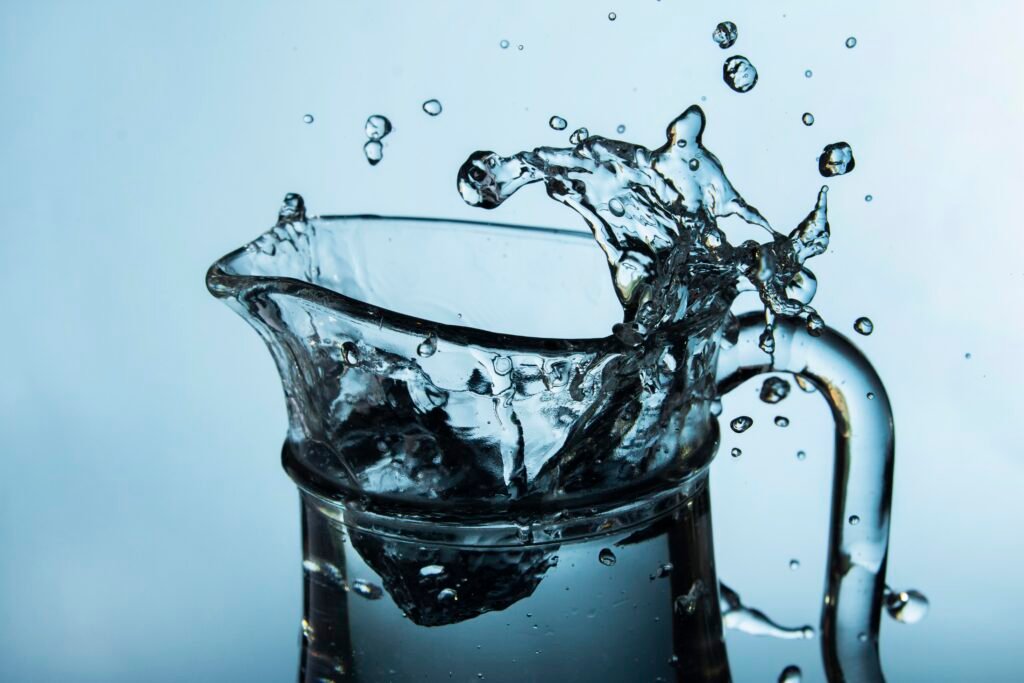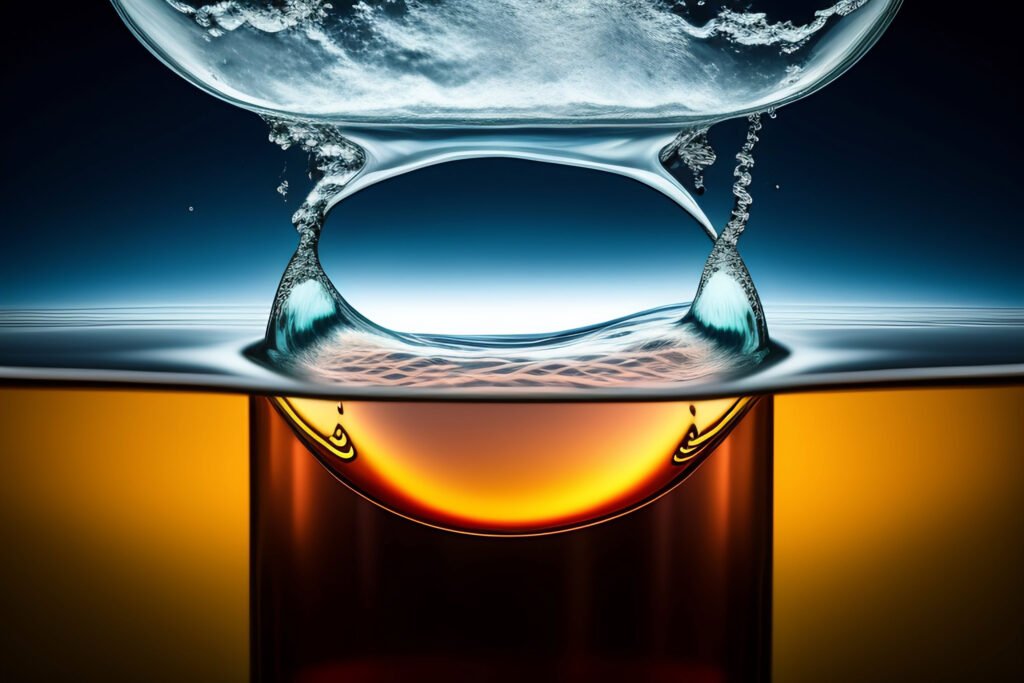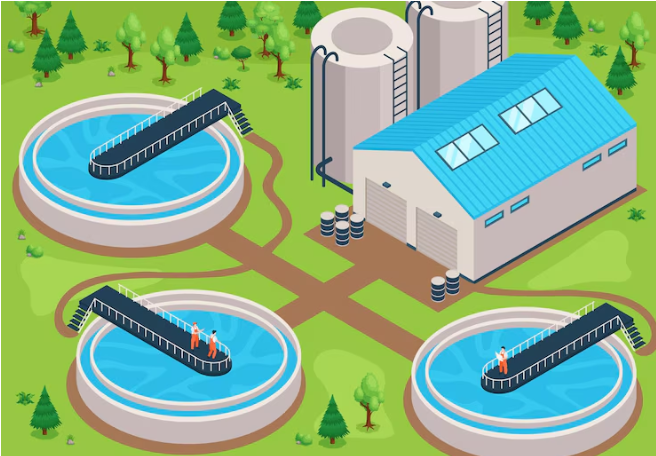DM Water Treatment Plants: Purifying Water
Explore the world of DM Water Treatment Plants, understanding their full form, the intricate process involved, the crucial role of ion exchange.

Introduction:
Demineralization (DM) Water Treatment Plants play a pivotal role in ensuring the removal of minerals, salts, and impurities from water, resulting in purified water suitable for various industrial applications. In this comprehensive guide, we delve into the significance of DM Water, its full form, and the intricate processes involved in achieving demineralized water.
Understanding DM Water:
Demineralization involves the removal of minerals, salts, and other impurities from water, enhancing its quality for specific applications. The DM Water Full Form, often abbreviated as Deionized Water (DI), signifies a purification process that employs various techniques to achieve the desired purity levels.
Processes Involved:
DM Water is produced through several methods, including Ion Exchange, Membrane Filtration, Electro DeIonisation (EDI), Distillation, and Evaporation. Each process serves a unique purpose in eliminating specific contaminants, contributing to the overall demineralization of water.
Ion Exchange (Cation-Anion-Mixed Bed) Treatment:
One of the primary methods employed in DM Water Treatment is Ion Exchange. This process involves the replacement of cations and anions in water with active resin components. The result is Demineralised Water with a typical conductivity of less than 30 µmhos/cm. Further purification through a Mixed Bed or Electrode-Ionisation (EDI) achieves even lower conductivity levels (<5 µmhos/cm or <0.5 µmhos/cm, respectively).
Membrane Filtration – RO+EDI:
Membrane-based systems like Reverse Osmosis (RO) followed by Mixed Bed (MB) have gained popularity due to automation and reduced manpower requirements for regeneration. This advanced method separates dissolved solids through a semipermeable membrane, ensuring high-quality, demineralized water.
Distillation and Evaporation:
While traditional methods like Distillation and Evaporation have been used historically, they face challenges such as high power consumption. Distillation, once a prevalent technique, is now considered outdated. Evaporation methods, like Multiple Effect Evaporation (MEE), find application in wastewater recycling.
Raw Water Pretreatment:
To enhance the efficiency and lifespan of DM Water Treatment Plants, it is crucial to pretreat raw water. Pressure Sand Filters (PSF) and Activated Charcoal Filters (ACF) play a vital role in removing suspended solids, color, odor, and organic matter from raw water, ensuring the longevity of resins and membranes.
Principles Behind DM/DI Water Production:
Two major principles govern the production of DM/DI quality water – Ion Exchange Adsorption and Membrane Separation. In Ion Exchange, cations and anions are replaced with active resin parts, recharged using acid and alkali. Membrane Separation, such as Reverse Osmosis followed by Mixed Bed, effectively separates total dissolved solids, leaving behind water with very low salt content.
Conclusion:
Demineralization Water Treatment Plants have evolved to employ advanced techniques for achieving high-purity water. From Ion Exchange to Membrane Filtration, the methods discussed ensure that industries receive demineralized water tailored to their specific needs. As technology advances, the demand for automated and efficient systems like RO+EDI continues to grow, revolutionizing the landscape of water treatment.



